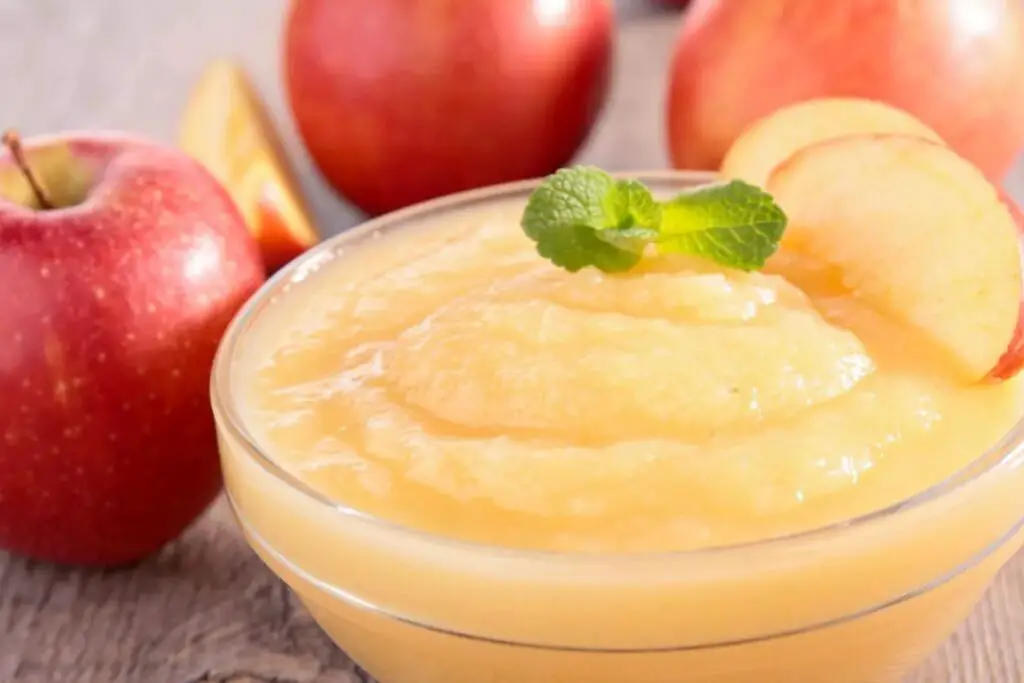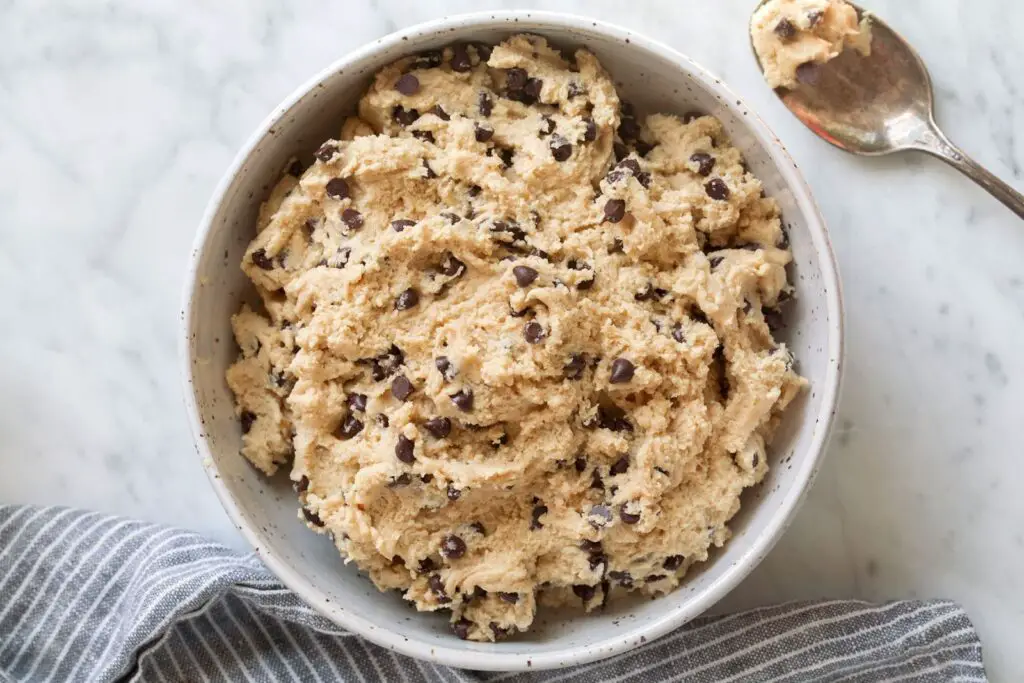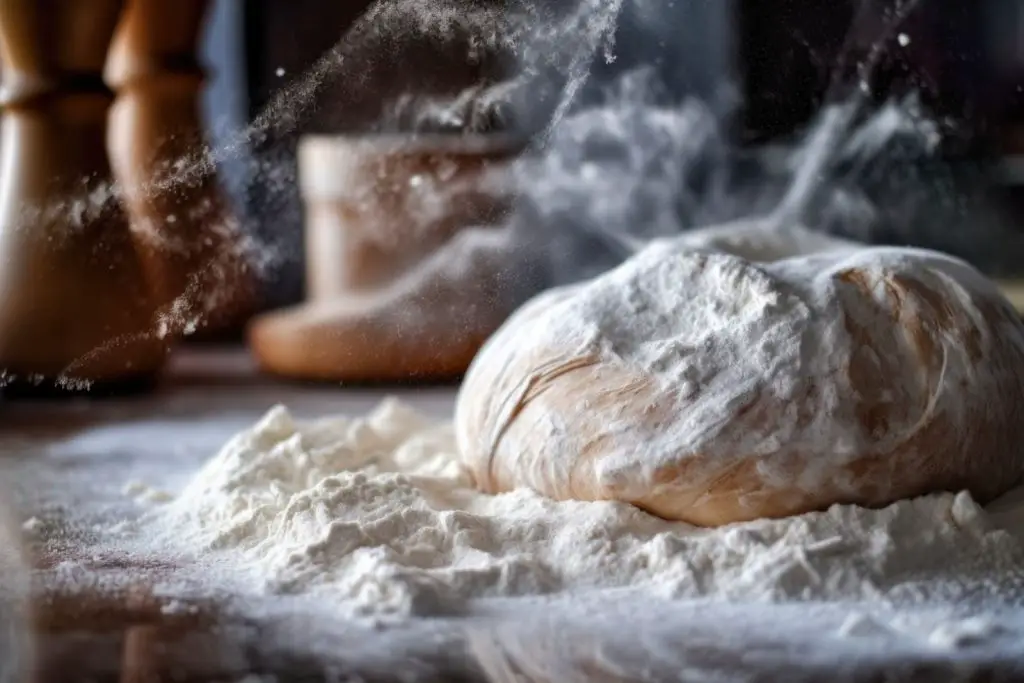
Bierocks, a traditional Eastern European pastry filled with a delectable combination of seasoned ground beef, onions, and cabbage. Bierocks, also known as runzas, are beloved for their hearty flavors and comforting appeal. Originating from regions like Russia, Germany, and Poland, these savory pastries have become popular across the globe, offering a satisfying and flavorful bite. The flaky dough envelops the savory filling, creating a delightful contrast of textures and tastes. If you have leftover bierocks or want to prepare a batch in advance, freezing them is a wonderful option. In this guide, we’ll delve into the art of freezing bierocks, sharing expert tips and techniques to ensure that their deliciousness is preserved, allowing you to enjoy these savory pastries whenever you desire, whether it’s for a quick and convenient meal or to add a touch of homemade goodness to your gatherings and potlucks.
Here are the simple steps to freeze bierocks:
Step 1: Allow the Bierocks to Cool
After baking a batch of bierocks, it is important to let them cool down completely before freezing. This step is crucial to maintain the quality and texture of the bierocks during the freezing process. Allowing the bierocks to cool ensures that excess moisture evaporates, reducing the risk of them becoming soggy when thawed later.
When bierocks are freshly baked, they retain a significant amount of heat and moisture. If you place hot bierocks directly in the freezer, the trapped steam can condense and form ice crystals, leading to a loss of texture and taste. By allowing them to cool first, you allow the excess heat and moisture to dissipate naturally, helping to preserve the integrity of the bierocks.
To cool the bierocks, remove them from the oven and place them on a wire rack or a heat-resistant surface. It is essential to provide proper air circulation around the bierocks to facilitate cooling. Leaving the bierocks at room temperature for approximately one hour or until they are no longer hot to the touch is generally sufficient.
During this cooling period, the bierocks will undergo a process known as “carryover cooking.” Carryover cooking allows the bierocks to continue cooking and set, resulting in a firmer and more stable texture. It also helps to release any residual steam and moisture, reducing the chances of freezer burn and sogginess once they are thawed.
By patiently waiting for the bierocks to cool down completely, you are taking a crucial step in ensuring that they maintain their delicious flavor and texture when you eventually thaw and enjoy them. So, resist the temptation to rush the process and allow the bierocks the time they need to cool before moving on to the next step of the freezing process.
Step 2: Determine Portion Sizes
Once the bierocks have cooled down, it’s time to decide whether you want to freeze them as a whole batch or in individual portions. This step allows you to have more control over the amount you thaw and reheat, preventing unnecessary waste and ensuring convenience.
If you choose to freeze the entire batch of bierocks together, you can wrap them as a whole in the subsequent steps. However, dividing them into individual portions offers greater flexibility. You can easily take out and thaw only the number of bierocks you need at a given time, keeping the rest frozen for later use.
To determine the portion sizes, you can use a knife to cut the bierocks into equal slices or quarters, depending on your preference. Alternatively, you can use a kitchen scale to weigh and portion them out precisely. This step ensures that each bierock portion is adequately sized for a single serving, making it more convenient to enjoy them as needed without having to defrost the entire batch.
Dividing the bierocks into portions also allows for more efficient reheating. Smaller portions thaw and reheat more quickly and evenly than larger ones. This can be especially useful if you have limited time or only need a few bierocks at a time.
By determining portion sizes before freezing, you have greater control over the quantity of bierocks you thaw, reducing food waste and ensuring that you can enjoy them conveniently and efficiently. Whether you freeze them as a whole batch or divide them into portions, this step adds flexibility to your frozen bierocks and enhances your overall freezing experience.
Step 3: Wrap in Plastic Tightly
After determining the portion sizes of your bierocks, the next step is to wrap each bierock tightly to ensure their protection and maintain their freshness during freezing. Proper wrapping is crucial in preventing freezer burn and preserving the quality of the bierocks.
To begin, take a piece of plastic wrap and place a single bierock in the center. Wrap the plastic wrap around the bierock, making sure to cover it completely. It is important to ensure that there are no exposed areas or gaps in the wrapping, as this can allow air to reach the bierock and cause freezer burn, which can affect its taste and texture.
Wrapping each bierock individually with plastic wrap creates a protective barrier that helps to prevent moisture loss and the formation of ice crystals on the surface. It also helps to maintain the flavors and aromas of the bierocks while they are in the freezer.
By tightly wrapping each bierock, you are creating a sealed environment that minimizes the contact of air with the bierocks, reducing the risk of freezer burn. Freezer burn occurs when the moisture on the surface of the food evaporates and then recondenses into ice crystals. This can result in dry, discolored, and potentially unpleasant-tasting bierocks.
Properly wrapped bierocks also prevent them from absorbing odors from other foods in the freezer, preserving their original taste and aroma.
By taking the time to wrap each bierock tightly with plastic wrap, you are safeguarding their quality, flavors, and textures during the freezing process, ultimately ensuring that you can enjoy delicious bierocks whenever you desire.
Step 4: Wrap in Aluminum Foil
After wrapping each bierock individually with plastic wrap, the next step is to provide an additional layer of protection by wrapping them in aluminum foil. This extra step helps to enhance insulation, shield the bierocks from freezer odors, and maintain their flavor and texture during the freezing process.
To wrap the plastic-wrapped bierocks in aluminum foil, place a single plastic-wrapped bierock in the center of a sheet of aluminum foil. Fold the sides of the foil over the bierock, ensuring that it is completely covered and sealed. The foil acts as a barrier, further protecting the bierocks from moisture loss, exposure to air, and potential freezer burn.
Aluminum foil is known for its excellent insulation properties. By wrapping the bierocks in foil, you are adding an extra layer of insulation that helps to maintain a more stable temperature around the bierocks during freezing. This helps to preserve their flavors, textures, and overall quality.
The aluminum foil provides an additional shield against freezer odors. It prevents the bierocks from absorbing any strong smells from other foods in the freezer, ensuring that they retain their original flavors and aromas.
The combination of plastic wrap and aluminum foil creates a double-layered barrier, minimizing the potential for freezer burn and protecting the bierocks from any adverse effects that prolonged freezing might have on their taste and texture.
By going through to wrap each plastic-wrapped bierock in aluminum foil, you are providing an added layer of insulation, protection, and preservation. This step ensures that your bierocks remain in optimal condition throughout their time in the freezer, ready to be enjoyed with their delicious flavors intact whenever you decide to thaw and savor them.
Step 5: Label and Date
As you prepare to store the wrapped bierocks in the freezer, it’s important to label the package with the word “Bierocks” and the date of freezing. This simple step is crucial for organization and helps you keep track of the contents and storage time.
Using a marker or a label, clearly write the word “Bierocks” on the package. This makes it easy to identify the contents at a glance, especially if you have multiple items stored in your freezer. By labeling the package, you avoid any confusion or mistaken identity when searching for the bierocks later on.
Additionally, write down the date of freezing on the package. This allows you to track how long the bierocks have been in the freezer. It is recommended to consume the frozen bierocks within a specific timeframe for the best quality. By dating the package, you can ensure that you consume the bierocks within the recommended storage period, typically up to three months, without compromising their taste or texture.
Labeling and dating the package not only provide a clear identification of the contents but also serve as a helpful reminder of when the bierocks were frozen. This is particularly important if you freeze multiple batches or different types of food, as it helps you maintain a well-organized freezer and prevents any items from being forgotten or overlooked.
Take a moment to carefully write the word “Bierocks” and the date on the package before placing it in the freezer. This small yet important step ensures that you can easily locate and track the bierocks, enabling you to enjoy them within the recommended storage time frame while maintaining their quality and taste.
Step 6: Store in the Freezer
After completing the previous steps of wrapping and labeling, it’s time to store the wrapped bierocks in the freezer for long-term preservation. Proper storage ensures that the bierocks maintain their quality and remain safe to consume when you’re ready to enjoy them.
To store the wrapped bierocks, you have a couple of options. One option is to place them in a freezer-safe container that provides additional protection against freezer burn and keeps the bierocks organized. Ensure that the container has a tight-fitting lid to maintain a secure seal.
Alternatively, you can use airtight freezer bags specifically designed for freezing food. These bags are made with thick, durable materials that help prevent freezer burn and maintain the quality of the bierocks. When using freezer bags, be sure to remove any excess air from the bags before sealing them. This helps reduce the risk of freezer burn and keeps the bierocks in better condition during storage.
Regardless of the storage method you choose, it is important to place the wrapped bierocks in the coldest part of the freezer. Typically, the coldest areas are towards the back or bottom of the freezer. Placing them in the coldest part ensures a consistent and optimal freezing temperature, which helps maintain the bierocks’ taste and texture.
When arranging the bierocks in the freezer, it is best to lay them flat to maximize space and prevent any potential damage or deformation. This also allows for easier stacking and organization of multiple containers or bags.
By storing the wrapped bierocks in a freezer-safe container or airtight freezer bags in the coldest part of the freezer, you are taking the final step in ensuring their long-term preservation. Proper storage helps maintain the bierocks’ flavor, texture, and overall quality, allowing you to enjoy them at a later date while still experiencing the deliciousness of freshly baked bierocks.
How long can bierocks last in the freezer?
Bierocks can typically last in the freezer for up to three months without significant loss in quality. However, for the best taste and texture, it is recommended to consume them within the first two months. Proper storage in airtight packaging and at consistent freezing temperatures will help maintain their freshness and flavor during the freezer storage period.
Other related questions
How do you defrost bierocks?
To defrost bierocks, transfer them from the freezer to the refrigerator and let them thaw overnight. Alternatively, you can defrost them in the microwave using the defrost setting, but be cautious to avoid overcooking. Another option is to place the frozen bierocks in a preheated oven at a low temperature until thawed and heated through.
Can you refreeze bierocks?
It is generally not recommended to refreeze bierocks once they have been thawed. Refreezing can negatively impact the texture and taste of the bierocks, resulting in a loss of quality. Additionally, the process of thawing and refreezing can increase the risk of bacterial growth and foodborne illnesses. It is best to plan your servings and only thaw the desired amount to avoid the need for refreezing.
How do I know if the bierocks have gone bad after being frozen?
To determine if bierocks have gone bad after being frozen, it is important to look for signs of spoilage. This includes any off smells or unusual odors emanating from the bierocks, as well as changes in their appearance, such as discoloration or mold growth. Additionally, if the texture of the bierocks feels slimy or the taste is noticeably off, it is an indication that they may have deteriorated and should not be consumed. When in doubt, it is safer to discard the bierocks to avoid the risk of foodborne illness.
Can I freeze bierocks made with different fillings?
Yes, you can freeze bierocks made with different fillings. Whether you have traditional meat and cabbage filling or variations with cheese, vegetables, or other ingredients, the freezing process remains the same. It is important to follow the proper steps for wrapping, labeling, and storing the bierocks to maintain their quality and flavors during freezing.
Can I freeze unbaked bierocks?
Yes, it is possible to freeze unbaked bierocks for later use. After preparing the unbaked bierocks, wrap them individually in plastic wrap and place them in airtight freezer bags or containers. Label and date the package before storing it in the freezer. When ready to bake, thaw the unbaked bierocks in the refrigerator overnight and follow the original baking instructions.
Are there any special considerations for freezing gluten-free bierocks?
When freezing gluten-free bierocks, there are a few special considerations to keep in mind. Firstly, ensure that all ingredients used in the bierocks are certified gluten-free to avoid cross-contamination. Additionally, gluten-free dough may have a different texture, so it’s important to test and adjust the freezing and baking times accordingly. Finally, proper labeling of the frozen gluten-free bierocks is crucial to prevent confusion and ensure they are stored separately from gluten-containing items in the freezer.








